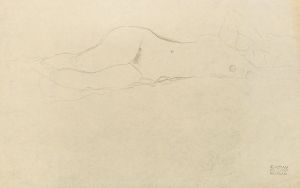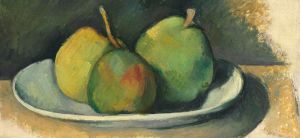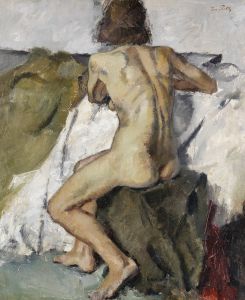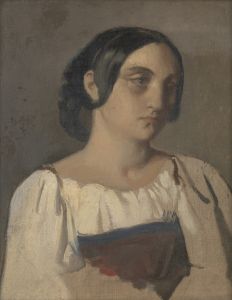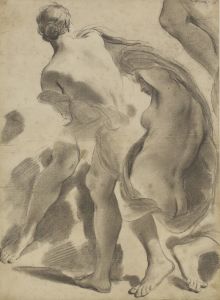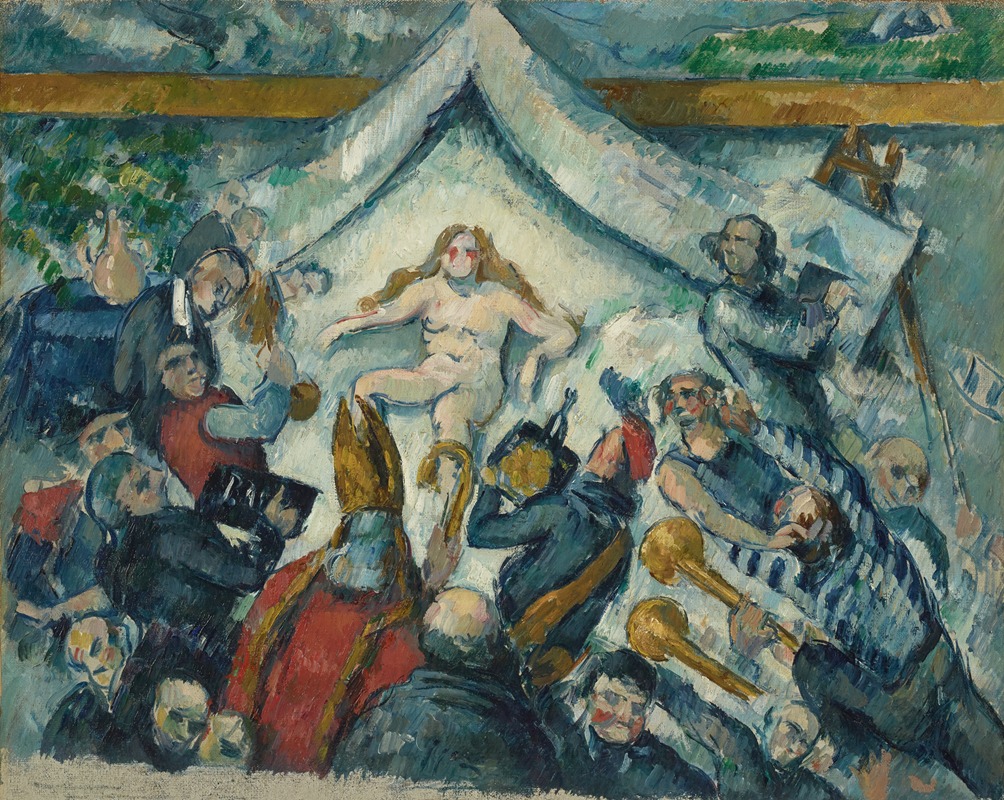
The Eternal Feminine
A hand-painted replica of Paul Cézanne’s masterpiece The Eternal Feminine, meticulously crafted by professional artists to capture the true essence of the original. Each piece is created with museum-quality canvas and rare mineral pigments, carefully painted by experienced artists with delicate brushstrokes and rich, layered colors to perfectly recreate the texture of the original artwork. Unlike machine-printed reproductions, this hand-painted version brings the painting to life, infused with the artist’s emotions and skill in every stroke. Whether for personal collection or home decoration, it instantly elevates the artistic atmosphere of any space.
Paul Cézanne's painting The Eternal Feminine (L'Éternel Féminin) is a notable work by the French Post-Impressionist artist, created around 1877. The painting is an oil on canvas and is housed in the Kunstmuseum in Bern, Switzerland. It is considered one of Cézanne's more enigmatic and symbolically charged works, reflecting his evolving artistic style and complex relationship with themes of femininity and human desire.
The composition of The Eternal Feminine is centered around a nude female figure, who appears to be an allegorical representation of idealized femininity. She is surrounded by a group of male figures, who seem to be in various states of admiration, contemplation, or even obsession. The men are depicted in a range of poses, some kneeling, others gesturing, and their expressions convey a mix of reverence and longing. The central female figure is elevated, both literally and figuratively, suggesting her role as a muse or an object of veneration.
Cézanne's use of color and form in this painting is characteristic of his transitional period, as he moved away from the more traditional techniques of his earlier works and began to experiment with the structural and compositional innovations that would later influence modern art. The brushwork is loose and expressive, and the figures are rendered with a sense of ambiguity, blending realism with abstraction. The overall palette is muted, with earthy tones dominating the scene, which adds to the introspective and somewhat mysterious atmosphere of the work.
The title of the painting, The Eternal Feminine, suggests a philosophical or symbolic exploration of the concept of femininity. This theme was a recurring subject in 19th-century art and literature, often tied to ideas of beauty, inspiration, and the role of women in society. However, Cézanne's interpretation remains open to interpretation, as he did not leave extensive written explanations of his intentions for the piece.
While The Eternal Feminine is not as widely recognized as some of Cézanne's other works, such as his still lifes or landscapes, it holds an important place in his oeuvre. It reflects his interest in exploring complex themes and his willingness to challenge traditional artistic conventions. The painting also provides insight into the broader cultural and intellectual currents of the time, particularly the fascination with the interplay between gender, creativity, and human emotion.
As with many of Cézanne's works, The Eternal Feminine invites viewers to engage with it on multiple levels, from its formal qualities to its thematic implications. It remains a compelling example of his ability to merge technical innovation with profound artistic inquiry.






